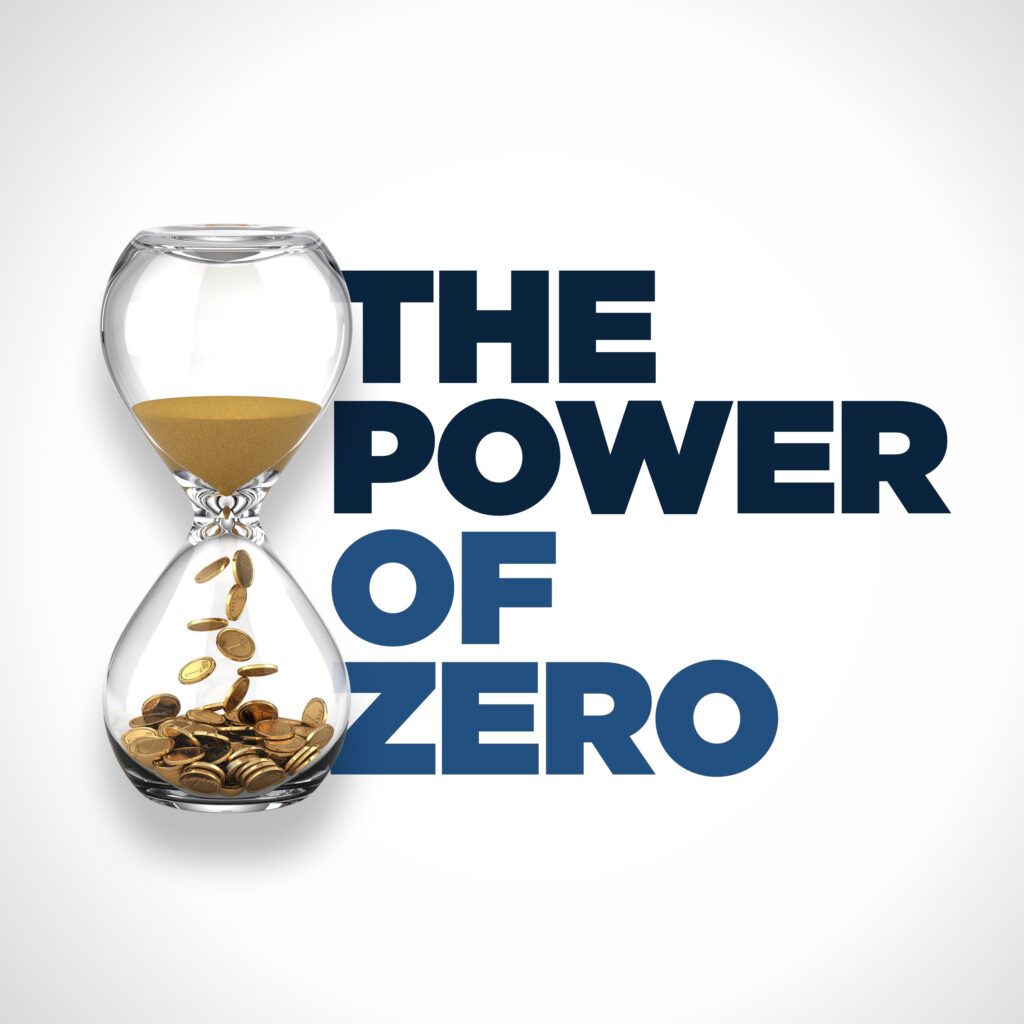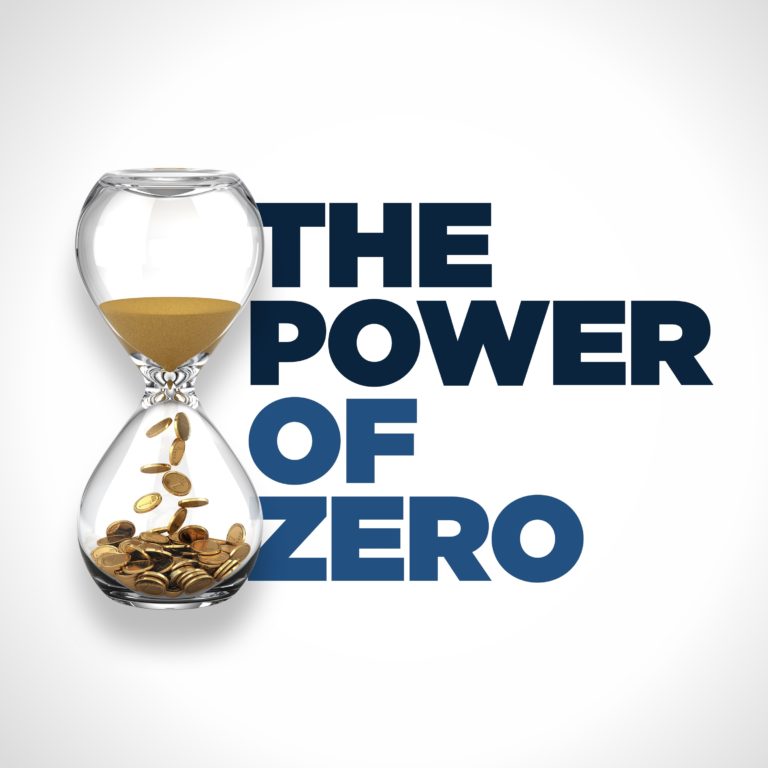Rule #1: Tax rates will go up by 2030. The Fed needs huge sums of money to pay for unfunded obligations, so taxes will have to go up; otherwise, the country will go bankrupt.
Rule #2: In a rising tax environment, there is a mathematically perfect amount of money to have in your taxable and tax-deferred brackets. David explains how you can calculate it.
Rule #3: Anything above and beyond the ideal balance mentioned above should be systematically positioned to tax-free. Preferably you don’t do it all at once, but quick enough to get all the heavy lifting done by 2026.
Rule #4: The type of retirement account you contribute to should be determined by comparing your current tax bracket to your future tax bracket.
Rule #5: Roth retirement accounts are your best friend. These vehicles allow you to shift nearly unlimited money from tax-deferred to tax-free.
Rule #6: It would be best if you did most, if not all, of your heavy lifting before 2026. You have four years before the tax cuts end, and every year you wait to take advantage of these low tax rates is another year you will have to pay more than you need to.
Rule #7: The 32% tax bracket is your enemy. Remember, the 32% tax bracket is 33% more than the 22% tax bracket. So try as hard as possible to avoid it when shifting your money to tax-free.
Rule #8: Leave some money in your tax-deferred accounts. David explains that if you shift everything to tax-free, you won’t have any taxable income left – which means you will needlessly pay taxes on money that you have received tax-free.
Rule #9: Make sure your tax-free retirement plan keeps you below the provisional income threshold that can cause social security taxation. In many cases, your money will run out five to seven years faster if your social security is taxed.
Rule #10: Never annuitize your retirement in the tax-deferred bucket. Annuities in your tax-deferred bucket will count as provisional income and cause you all sorts of problems.
Rule #11: Not all Life Insurance Plans (LIRP) are created equal. And it only makes sense to get an LIRP if you plan to keep it till death.
Rule #12: You will need more than one stream of tax-free income in retirement. There is always the risk that the IRS will legislate one of your tax-free streams of income out of existence.
Mentioned in this episode:
David’s books: Power of Zero, Look Before Your LIRP, The Volatility Shield, Tax-Free Income for Life and The Infinity Code
PowerOfZero.com (free video series)
@mcknightandco on Twitter
@davidcmcknight on Instagram
David McKnight on YouTube



